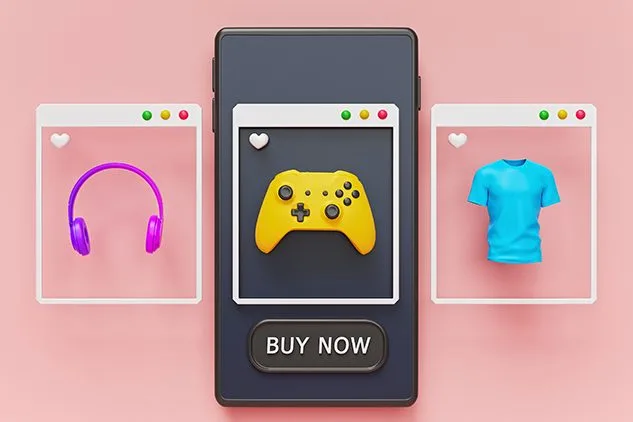Earning Customer Loyalty Through Data
We’ll look at 3 types of data you can use to design a customer experience that speaks to your customers and increases customer loyalty.
It’s pretty well known that winning new customers can cost 5 to 25 times more than retaining your current buyers. But earning customer loyalty is a lot easier said than done. Not only does your customer service have to be top-notch, but you also need to create a customer experience that entices shoppers to stick with you, rather than leaving for a competitor.
Here, we’ll look at 3 types of data you can use to design a customer experience that speaks to your customers and increases customer loyalty.
Customer Behavioral Data
Accenture found that 91% of consumers are more likely to buy from a brand that both recognizes them and provides relevant offers and recommendations during their shopping experience. But to create a personalized shopping experience for your customers, you need behavioral data.
With behavioral data, you can see exactly what your customers have done in the past and get an idea of what they might do in the future. For example, if you have a segment of shoppers who recently purchased swimsuits, pool toys, and beach tents, you could reasonably assume they’re looking for summer items (likely for a vacation). As a result, you could recommend items like beach balls, swimsuit covers, sandals, and towels to pique their interest and generate additional revenue.
Using behavioral data this way enables customers to get the personalized experience they want, without making them feel uneasy about the use of their data.
Customer Feedback
Customers will obviously have different tastes from year to year. You only need to look as far as social media to see that. But certain types of data – like product purchases, returns, and reviews – can help you pinpoint items with staying power.
For instance, if a product is purchased hundreds of times and receives stellar reviews – there’s a great chance that the product, and new products like it, will be popular with your customer base in the future.
As a result, you can use this data to select suppliers and develop products that your customers will keep coming back for. The more tailored your inventory is to their wants and needs, the greater your customer loyalty is likely to be.
Backorder and Stockout Data
No one wants to deal with out-of-stock scenarios. Not only is it disappointing, but it can create major headaches for your customers. If an order has already been placed, shoppers have to wait for the product to show up (not knowing when that will be). But if they run into an “out of stock” label before making a purchase, customers have to keep digging around to find a similar product somewhere else.
Regardless, you’ve likely lost your customers’ business to a competitor.
However, by reviewing your backorder and stockout data, you can get valuable insight into your inventory management and fulfillment operations. This enables you to make important changes that will minimize out-of-stock situations in the future. And with more trustworthy fulfillment promises comes stronger customer loyalty.
Data is critical to managing customer expectations. With the right data, you can effectively personalize the shopping experience, put the right products on the shelves, and streamline order delivery. And as a result, you can keep customers coming back year after year.
